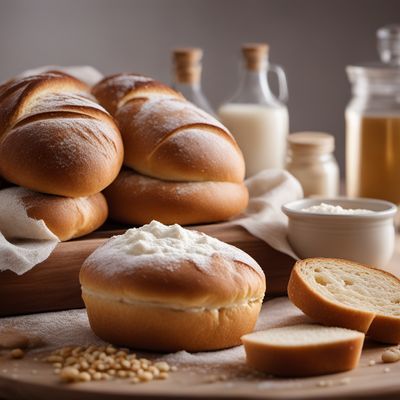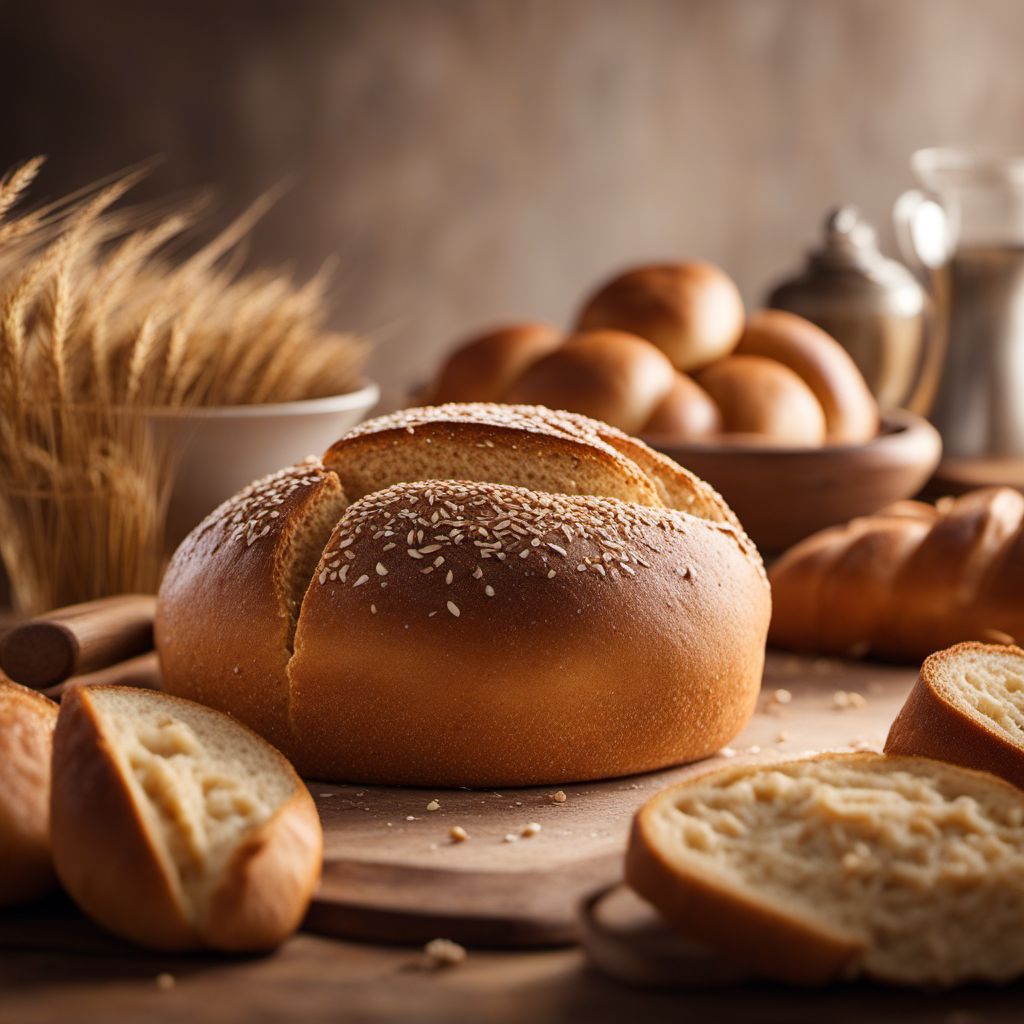
Ingredient
Wheat bread and rolls, brown or wholemeal
The Wholesome Grain
Wheat bread and rolls, brown or wholemeal, are made from whole wheat flour, which retains the bran and germ of the wheat grain. This gives them a denser texture, nutty flavor, and a darker color compared to white bread. They are rich in fiber, vitamins, and minerals, making them a healthier choice for those seeking a nutritious alternative.
Origins and history
Wheat has been cultivated for thousands of years and is believed to have originated in the Fertile Crescent of the Middle East. It played a crucial role in the development of human civilization, becoming a staple food in many cultures. Brown or wholemeal bread has been consumed for centuries, providing sustenance and nourishment to people around the world.
Nutritional information
Wheat bread and rolls, brown or wholemeal, are a good source of dietary fiber, essential vitamins (such as B vitamins), and minerals (such as iron and magnesium). They provide sustained energy and help maintain digestive health. A slice of wheat bread typically contains around 80-100 calories, depending on the thickness and size.
Allergens
Wheat bread and rolls, brown or wholemeal, may contain gluten, which can cause allergic reactions or digestive issues in individuals with gluten intolerance or celiac disease. It is important to check the packaging or consult with a healthcare professional if you have any concerns or dietary restrictions.
How to select
When selecting wheat bread or rolls, look for products made from 100% whole wheat flour. Read the ingredient list to ensure there are no added sugars, artificial additives, or preservatives. Opt for bread that is freshly baked or packaged in airtight bags to maintain its freshness and quality.
Storage recommendations
To keep wheat bread and rolls fresh, store them in a cool, dry place, such as a bread box or a pantry. Avoid exposing them to direct sunlight or moisture, as it can cause mold growth or staleness. If you live in a humid climate, consider storing them in the refrigerator to extend their shelf life.
How to produce
Producing wheat bread or rolls requires specialized equipment and knowledge of baking techniques. However, amateur bakers can experiment with whole wheat flour and try making simple bread recipes at home using basic ingredients like yeast, water, salt, and a sweetener (optional). There are numerous recipes and tutorials available online to guide beginners through the process.
Preparation tips
Wheat bread and rolls, brown or wholemeal, can be used in a variety of ways. They are commonly used for sandwiches, toast, and as a side with soups or stews. They can also be used to make breadcrumbs, croutons, or bread pudding. Their dense texture makes them suitable for soaking up sauces or gravies.
Substitutions
Rye bread, spelt bread, or multigrain bread can be used as substitutes for wheat bread and rolls, brown or wholemeal. These alternatives offer similar textures and flavors, while providing additional nutritional benefits.
Culinary uses
Wheat bread and rolls, brown or wholemeal, are widely used in various cuisines around the world. They are commonly found in sandwiches, burgers, and breakfast dishes. They are also a staple in Mediterranean and Middle Eastern cuisines, where they are served with dips, spreads, or used as a base for kebabs or falafel.
Availability
Wheat bread and rolls, brown or wholemeal, are commonly available in most regions and countries. They can be found in grocery stores, supermarkets, and bakeries. However, the availability may vary depending on the local demand and preferences.
More ingredients from this category
Recipes using Wheat bread and rolls, brown or wholemeal » Browse all

Dutch Apple Tart
Deliciously Dutch: Irresistible Apple Tart
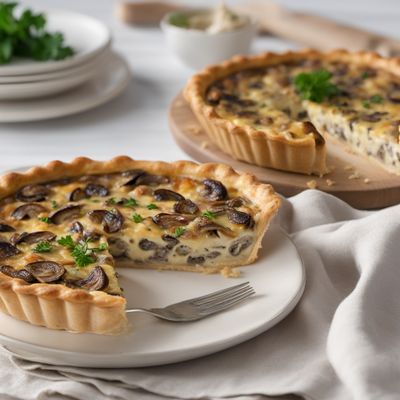
Mushroom Quiche
Savory Delight: Mushroom Quiche - A French Classic with a Twist

Kerala-style Coconut Chess Pie
Coconut Delight: A Kerala Twist on Chess Pie

Classic British Afternoon Tea
Indulge in the Quintessential British Afternoon Tea Experience
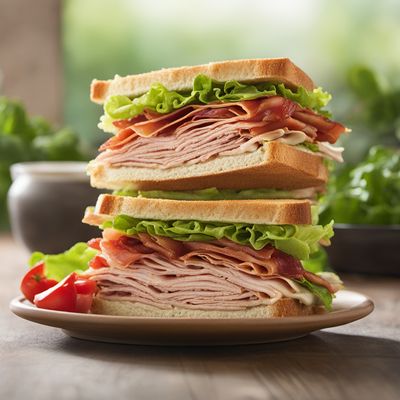
Turkey and Bacon Club Sandwich
Savory Delight: Turkey and Bacon Club Sandwich
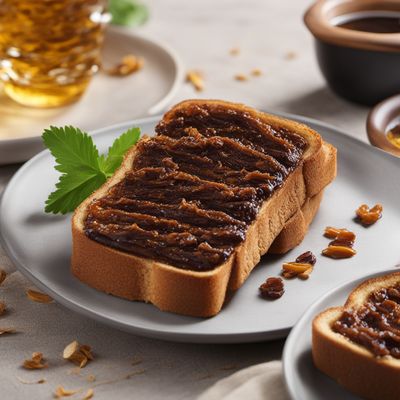
Vegemite Delight
Savory Australian Breakfast Toast

Tibetan Lemon Ice Box Pie
Zesty Tibetan Delight: Lemon Ice Box Pie with a Himalayan Twist

Sa Panada
Savory Italian Hand Pies: Sa Panada

German-inspired Tropical Delight
Tropical Fusion Toast
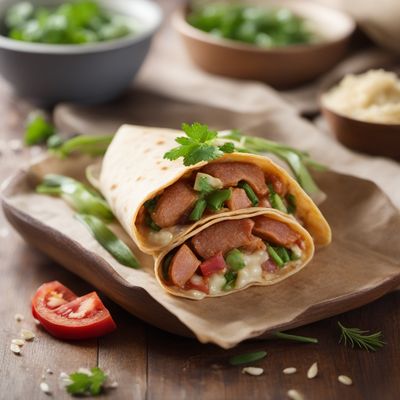
Polish-Style Burrito
Pierogi-Inspired Burrito: A Fusion of Polish and Mexican Flavors

Azerbaijani Hertzoggie
Saffron-infused Delight: Azerbaijani Hertzoggie

Classic PB&J Delight
The Perfect Harmony: A Twist on the Classic PB&J Sandwich
